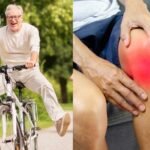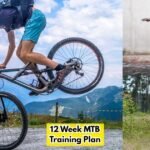If you are 40 years old and thinking, Is it too late to start mountain biking at 40? Well, starting and learning to mountain bike at 40 would be one of the best decisions you would make.
Always remember, there is no age to learn something new.
If you are in your 40s, you would have more patience, better body awareness, and probably more money in your bank account, so you can buy a decent mountain bike for yourself.
There are many types of mtb available in the market, and you can also have better gear care.
In this post, I will walk you through why you should be starting mountain biking at 40 and how you will learn it.
You just need to follow these ten steps, which I am gonna discuss.
Why Start at 40? Mindset & Motivation
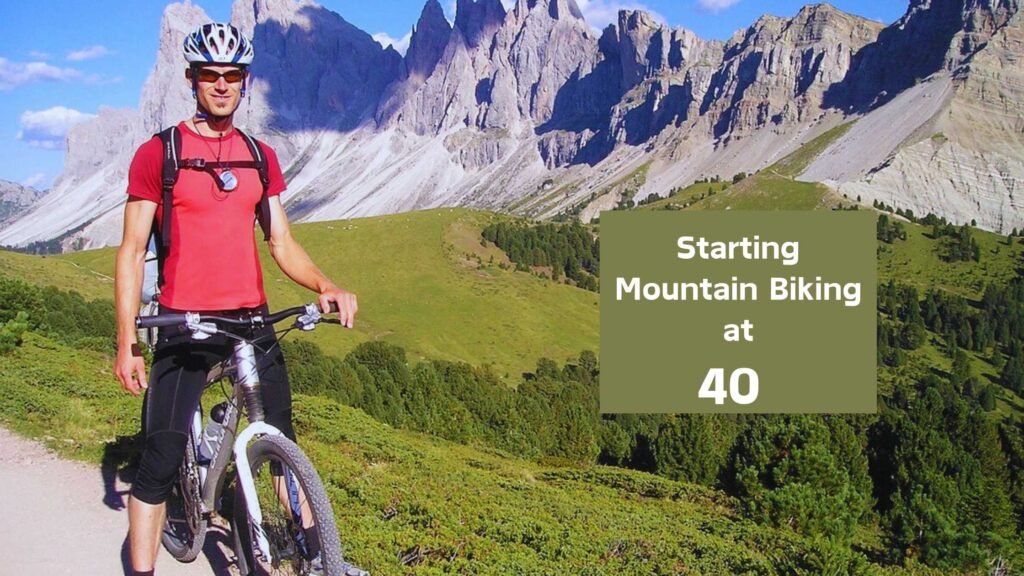
Before starting your mountain biking journey, you need to ask yourself why you want to start mountain biking.
There might be some reason why you’re considering it; maybe you want to relieve stress after work, enjoy some off-road adventure, or simply want to stay healthy.
You have to find the purpose.
Once you have a purpose, you will learn to bike more quickly as your body will align with the mindset.
So, having a purpose and a positive mindset is important.
I personally recommend riding a mountain bike, cycling, running, or doing any physical activity to everyone at 30, 40, or 50.
Even riding a mountain bike for just 30 minutes has many benefits, such as improving heart health, stamina, flexibility, and more.
Also read: Tips for Beginner Mountain Bike Riders
2. Choose the Right Bike (and Don’t Overthink It)

There are many types of mountain bikes, including hardtails, full suspension, trail bikes, enduro bikes, etc.
So you have to choose the perfect one for yourself.
And don’t worry about the price.
A good budget mountain bike starts from $800 to $1200.
Especially when you prefer buying a decent hardtail bike that has a front suspension fork, along with reliable brakes, good tires with a nice grip, etc.
If the budget is not a problem for you, then you can also buy a full-suspension bike.
They are expensive but very comfortable. If you ride a full-suspension bike on rocky trails, you won’t feel anything like pain in your back.
Are you confused about full suspension and hardtail mountain bikes? Read this: Hardtail vs Full Suspension Mtb, Which is the best?
3. Gear Up Safely (Helmet, Gloves, and More)
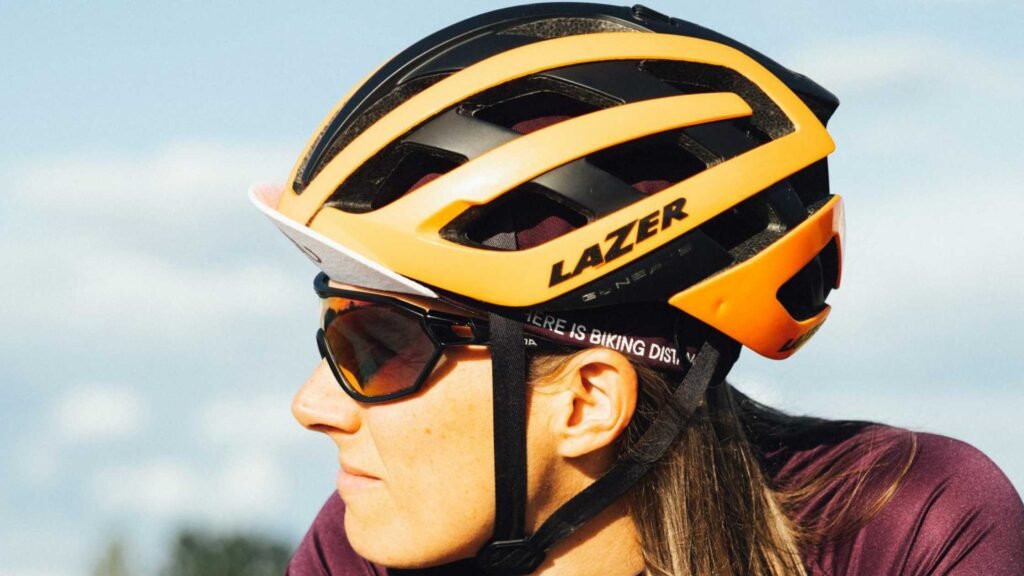
Having the right mountain bike is important, but one more thing that you can’t compromise is your safety.
So you would want to spend some money buying essential mountain biking gear, including a helmet, gloves, shoes, and mountain biking clothes.
You can also wear regular clothes like I wear trousers and a T-shirt, but there are some dedicated Mountain Biking clothes too that you can buy if you have money.
If you have never ever ridden a mountain bike before in your life, and it is your first time, along with these gears like a helmet and gloves, you should also get knee pads to protect your knee and sunglasses for your eyes.
Extra protection is important for a new biker.
Besides this, also buy a good mountain bike backpack, in which you can carry your hydration pack like water bottles or some snacks.
They are important when you are traveling on longer trails.
Also read: Checklist for Mountain Bikers Before a Ride
4. Get a Basic Tune-Up & Bike Fit
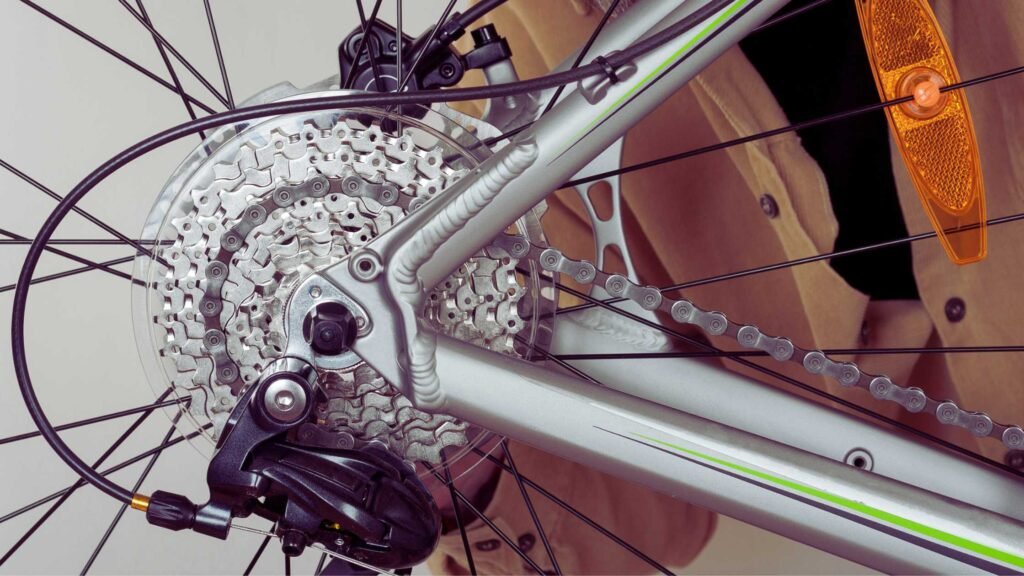
When I first started, I got in trouble because of cranky drivetrains, brake rub, etc.
Since then, I have recommended everyone to learn basic tune-ups like how to adjust brakes, lubricate chains, true wheels, etc.
When your bike is fit, like everything is fine, brake, chain, everything is working properly, you won’t have any knee pain, as you won’t have to push the pedal harder.
Besides this, if you can’t do this basic tune-up at home, you can also visit a bike store, and they will do the complete service for you.
But I recommend doing it by yourself; it’s not rocket science.
5. Learn the Fundamentals on Flat Ground
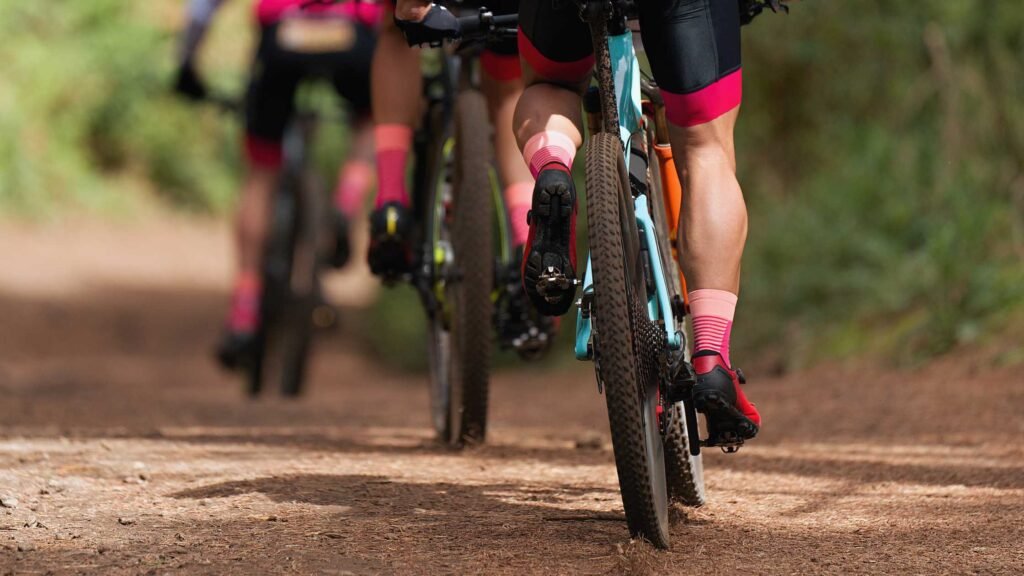
Being a new biker who is starting at 40, I won’t recommend riding on a rocky descent on the very first day.
You should first find a quiet park lot or a grassy park, where you can practice different types of moves.
Here are the moves to learn at 40.
- Body position: You want to stand on the pedals and then bend your knees and elbows and try to hold weight at the center. You can paddle slowly.
- Braking: Make sure that you feather your front and rear brakes separately so you don’t skid.
- Shifting: Learn to shift your mtb smoothly, especially under low load, such as downshift or before any obstacles.
- Cornering: When cornering, you’d always have to lean the bike and not your body. And then, look where you want to go.
You will have to spend a couple of hours every day nailing these basics.
I personally learned all these things, along with a few mountain biking skills, within a few days.
Now, how much time or days you will take depends on how badly you want to learn to bike.
6. Pick Beginner-Friendly Trails
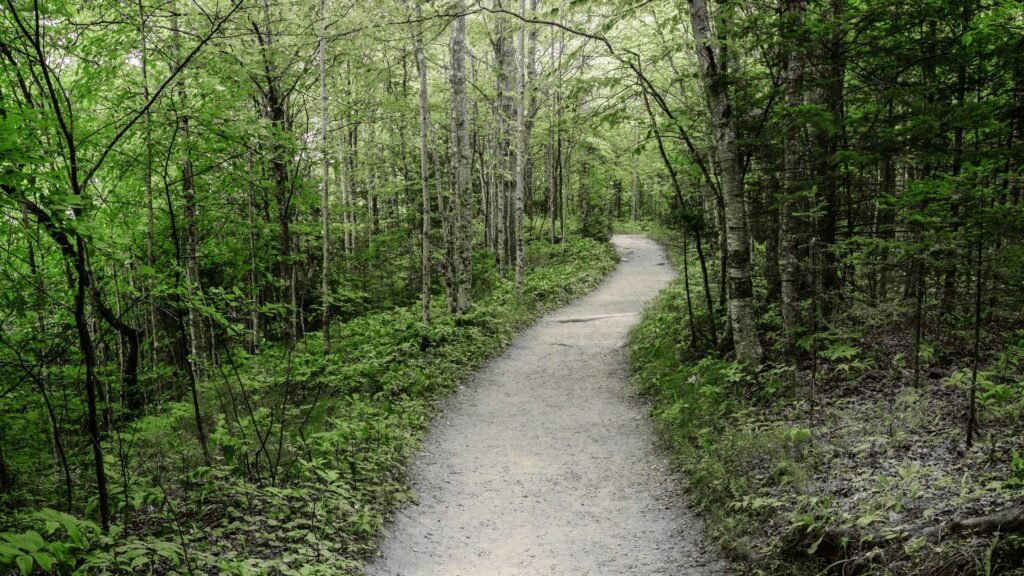
Not all single tracks are created equally.
There are many mountain biking trails in the United States, including some family-friendly trails, and also many more beautiful and scenic mountain bike trails in the world.
However, if you can’t find a Local trail, you can use apps or websites like TrailForks or AllTrails.
They will help you find a bike trail near you.
As you’re starting biking at 40, you should initially ride on a trail that has a green sign.
Blue trails are okay, too, but they are for intermediates.
But I personally recommend you start from green.
When you start riding on green-marked trails, you can find that Trailforks will have wider and smoother roads, which are perfect for any newbie.
You can even ride there with a family member or a buddy.
Remember: If you are nervous for the first time, then start with short loops, like 2 or 3 miles, so that you can go home without feeling too tired.
Also read: Is Mountain Biking Dangerous?
7. Build Your Fitness & Flexibility
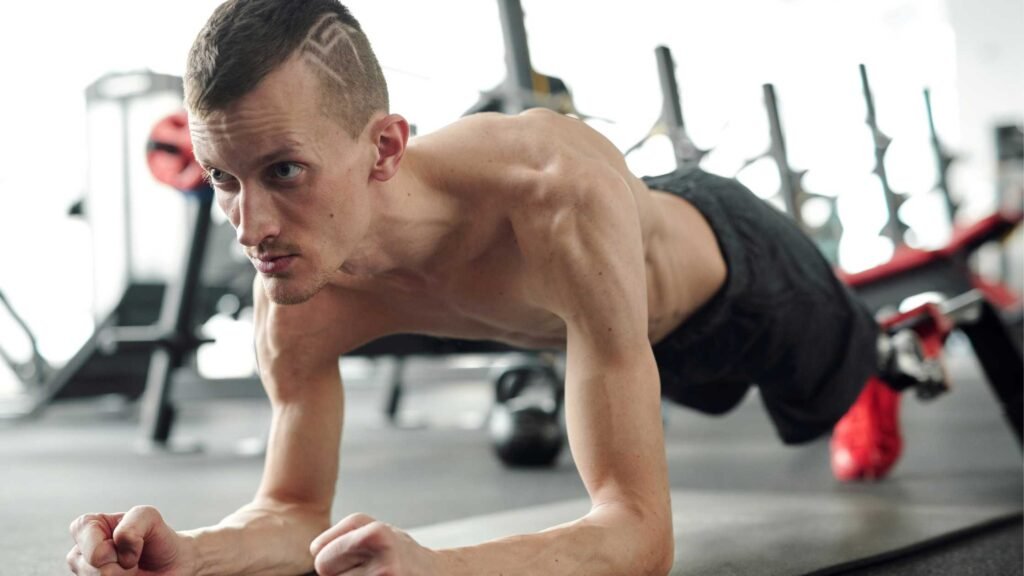
Mountain biking itself is a good physical activity that will improve your endurance and stamina.
However, to enjoy mountain biking, you also need stamina.
Here are some exercises that you can do at home.
- Core work: Having a strong core is important for mountain biking as it will help you balance the bike; although there are many exercises, I recommend you do Planks and Bird Dogs.
- Leg strength: In your 40s and at home, you can do squats and lunges.
- Flexibility: You should spend 5 to 10 minutes before every ride to stretch your hamstrings, quads, and hips.
You can also do easy running or swimming once a week for cardio variety. All these won’t just improve your mountain biking experience but also your overall health.
Related:
- 10 Core Strength Training Exercises for Mountain Bikers
- Endurance Training for Mountain Bikers
- 4-Week Training Program for Mountain Bikers
8. Practice Basic Maintenance at Home
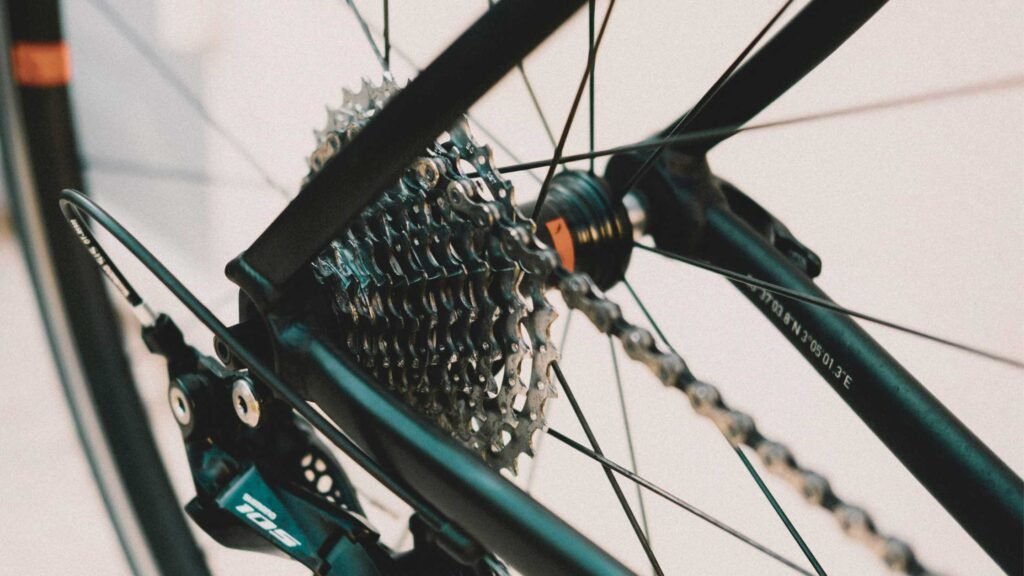
You don’t need a full home workshop to become a bike mechanic.
But as I mentioned before, you have to learn a few bike-fixing skills, like fixing flat tires and cleaning your bike’s chain, which is really non-negotiable; you can’t even imagine riding a bike without it.
So, all this will be possible when you have tools at home; here is what you can buy:
- Multi-tool (hex keys, screwdrivers)
- Tire levers and a spare tube
- Mini-pump or CO₂ inflator, both are okay; I have a pump
- Chain lube and rag
Also, remember this thing:
After each ride, you’d have to wipe down the chain, spray a bit of lube, and wipe off excess.
It will just take a minute and will prevent major wear.
Also Learn:
9. Track Progress & Set Mini-Goals
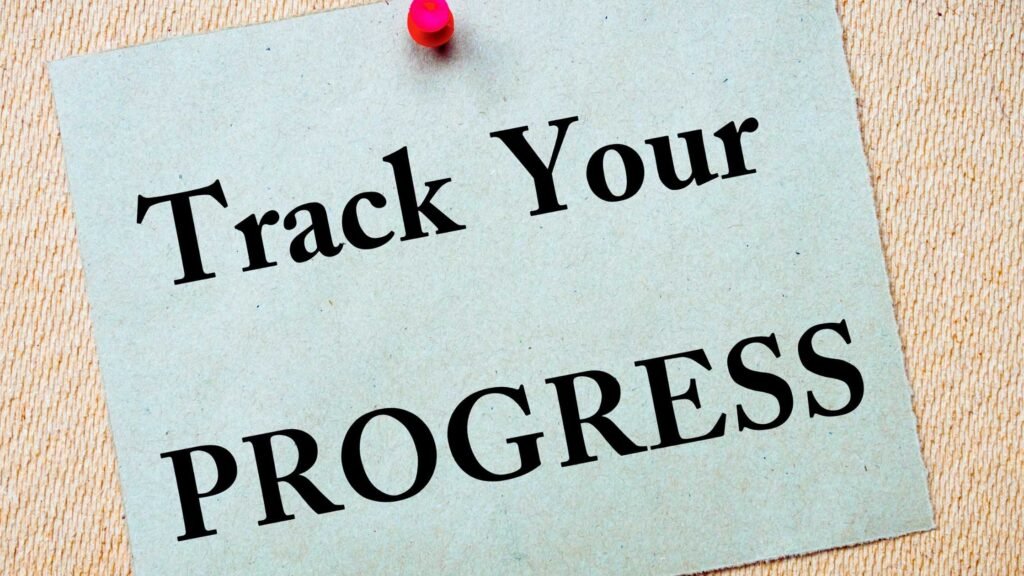
In the beginning, I told you that you should have a purpose for why you’re learning to mountain bike at 40.
Let’s say your goal is to lose weight by riding a mountain bike or to improve stamina for daily activities.
In the beginning, you won’t see any results for 2–3 days or even within a week.
That’s why you should track your progress every day using a simple app like Strava or any free bike tracking tool.
These apps help monitor distance, elevation gains, and long rides and even let you set weekly targets.
If you’re trying to lose weight, check it every 2–3 days on a weighing scale because you might not notice any visible change at first.
It takes time—so don’t give up.
On the other hand, if you’re learning new skills like bunny hopping a small root or finishing a loop without stopping, these things will also take time.
10. Dive Into the Community & Keep Learning
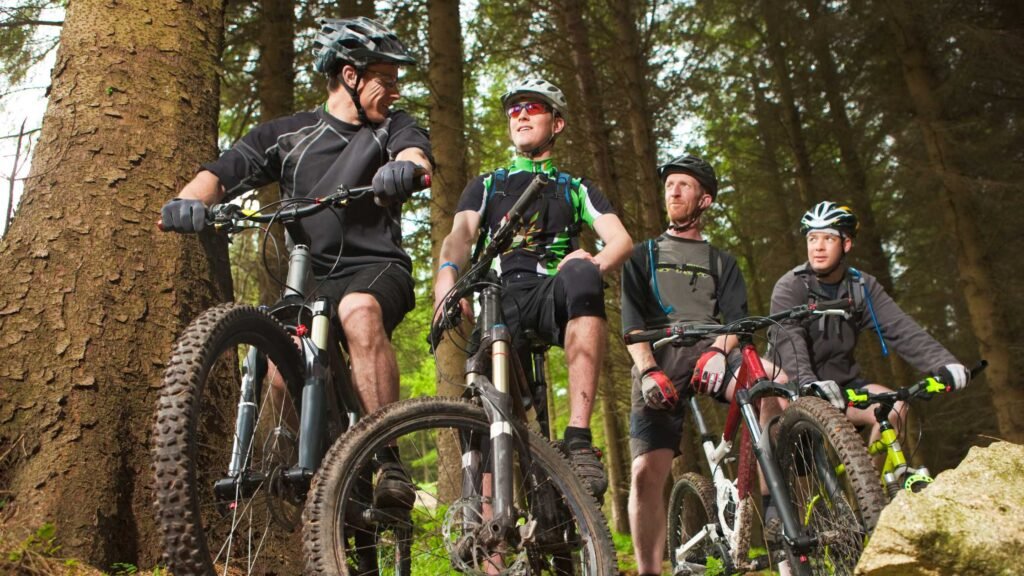
Mountain biking is one of the most friendly sports, not just in the United States but worldwide.
I’ve joined many groups from around the world, like Malaysia, the Philippines, etc., just to see different types of pictures and videos because I love the sport.
You can also join a local MTB group on Facebook or Meetup and connect with others at your level—not necessarily experts or pros.
If you join a group, you’ll get free coaching and make buddies who you can ride with.
Also, don’t forget to bookmark Mountain Bike Insider. I publish articles related to MTB there, too.
Lastly, don’t stop learning new techniques, gear trends, basic mtb trail etiquette, etc.
Wrapping It Up
So Starting & Learning to Mountain Bike at 40 is a good idea, and it’s not too late. If you’re baking regularly, even for 30 minutes, you will see many changes in your health.
All you need is to get a bike, essential mountain biking gear, a bag to keep water bottles along with some snacks, shoes, clothes, and a trail map (use Trailforks to find one).
When you have these things, you can start riding a bike.
However, before every ride, you should do some mtb warm-up exercises and check the bike to see if everything is working fine, like break, chain, saddle is perfectly set, etc.
Can I Start Mountain Biking At 40 As A Woman
Of course, yes—whether you are a man or a woman, anyone can start mountain biking at 30, 40, 50, or even 60.
You are never too old to start a new hobby.
In fact, I tell my mom, grandmother, and other relatives that we should have a purpose in life, be it learning music, small-scale home gardening, learning arts, etc.
It can be anything. I learn this from PowerNine Habits by Blue Zone, where they research how people are living longer lives in some particular areas like the Barbagia region of Sardinia, Ikaria, Greece, Okinawa of Japan, etc.
Out of those 9 habits, the second was Having a Purpose in life.
Most people from these regions continue to learn something, even after retirement, and they never still wait.
They usually live 90, 100, and above it.
So I encourage you, if you’re a woman, you should do mountain biking.
It’s very good for your health. You can keep your weight under control, your stress levels low, and see beautiful places.
I personally feel great when I ride through green areas, and I love the fresh air while biking.
So yes, if you’re a 40-year-old woman, please go ahead and start your biking journey. If possible, also take your members with you.
What gear do I absolutely need as a beginner starting at 40?
Helmets are always non-negotiable. And besides that, you can have gloves, shoes, sunglasses, etc.
But the most essential, according to me, is head protection.
Is mountain biking hard on the knees or joints at this age?
It definitely will have some impact on your knees, but it will be low compared to other activities like running.
But if you already have a problem in your knees, like pain, then do not ride on uphills or on hard trails like rocky ones.
Always do some warm-up before riding a bike.
Are there beginner-friendly apps or communities specifically for older riders?
Yup, you can use apps and websites like Karmoot, Trailforks, Strava, etc., and besides this, you can also join Facebook groups.

Ali is the founder of Mountain Bike Insider and an passionate rider with years of hands-on experience in mountain biking. From testing gear to exploring trails, Ali writes based on real riding knowledge to help others make smart, safe, and enjoyable biking choices. Every guide is built on research, personal use, and a passion for the sport.


